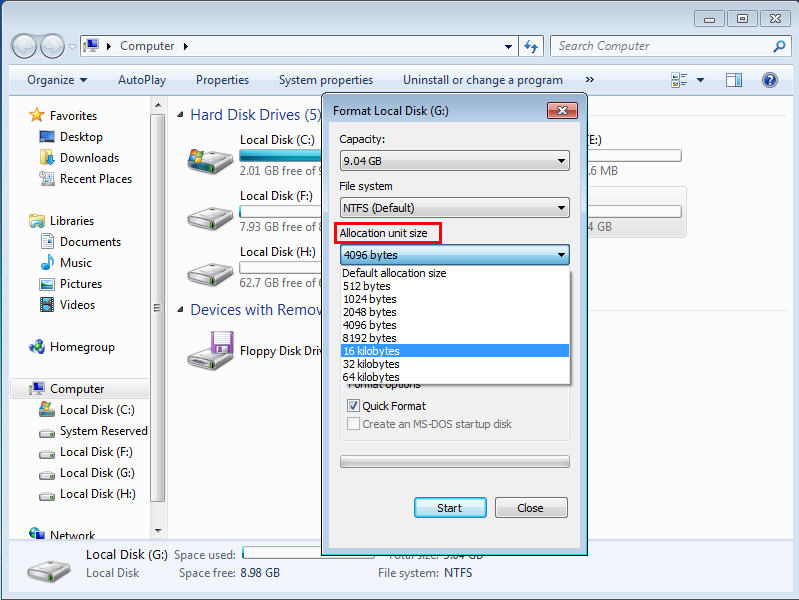


Run PowerShell as administrator and run the Get-CimInstance cmdlet. We like to get the allocation unit size on all the partitions of the Exchange Server EX01. Note: You can set the allocation unit size differently in every partition. In every partition, you can set a different allocation unit size. Thus, you will have one or more partitions. You can split the 100 GB volume into partitions of the size 20 GB, 20 GB, and 60 GB. Information about the allocation unit sizeīefore we start to find the partition allocation unit size or named block size, it’s good to know the difference between:Ī disk does have one volume, and the volume can split into multiple partitions.įor example, you have a 100 GB disk. In this article, you will learn how to find the partitions allocation unit size with PowerShell. Microsoft recommends that partitions have a 64 KB allocation unit size for SQL Servers and Exchange Servers. It does not mean that it’s the best practice. A partition is default formatted with a standard 4 KB allocation unit size. The allocation unit size or named block size of a partition is vital for the systems.


 0 kommentar(er)
0 kommentar(er)
